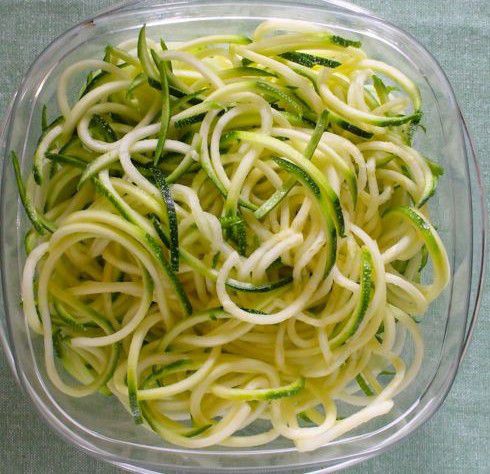The holidays are a busy yet wonderful time. It’s the season for friends and family , holiday travels and delicious food and drinks. With so much going on, how do you stay consistent with your workouts and nutrition and avoid gaining weight during the holidays?
We’ve created this Holiday Survival Guide to help you enjoy the season without wasting all the hard work you’ve already put in. With a little bit of structure and some planning, you’ll stay feeling your best this holiday season.
Holiday Survival Tip #1: Eat slowly, and to “satisfied” — not stuffed
It takes your digestive system 15 to 20 minutes to physiologically tell your brain: “Stop eating, you’re full!” Eat slowly and enjoy your food so your brain can catch up with your gut. This is your most effective yet simple tool and will allow you to still enjoy all the food during the holidays.
Imagine your hunger is on a scale from one to 10, with one being starving and 10 being “stuffed.” Aim to finish at a seven out of 10 on that hunger scale. This will allow you to enjoy your food and feel satiated — while saving you a ton of calories.
Holiday Survival Tip #2: Use portion control, not calorie counting
Counting calories during the holiday is usually a recipe for failure. It’s annoying, impractical and the last thing on your mind when you’re trying to celebrate. Instead of calorie counting, focus on portion control.
This video illustrates how easy it is to create your own meal with the right portions using just your hand. Your hand is proportional to your body, making it the perfect tool for measuring food and nutrients with no calorie counting required.
For more details, check out this article.
Holiday Survival Tip #3: Resist hitting the “pause” button
One of the biggest issues we see is people embracing the “pause button” mentality during the holidays: putting their diet and exercise on hold with the expectation that they’ll make up for it in the new year. Sticking to your workouts will not only help you stay on track toward your goals, but can also be the perfect holiday stress reliever.
There is never a “right time” to resume healthy habits. The truth is, you never want to stop any momentum you have; it can create potential roadblocks to restarting in the future. Keep to your regular routine as much as possible to help balance out your food intake and boost your mood during this busy season.
Holiday Survival Tip #4: Limit alcohol consumption
Drinking too much alcohol can affect your sleep, workout performance, mood, immune system and more. Not to mention, drinks are serious calorie bombs to your waistline.
However, you don’t need to completely cut yourself off. Consider giving yourself a “drink limit”: e.g., two glasses of wine per meal. Another tip: If you know you’ll have a few drinks, space them out with a full glass of water in between; this will keep you hydrated and slow down your consumption. Lastly, avoid drinks that have sugary mixers, which can often double the calories already present in alcohol.
Holiday Survival Tip #5: Prioritizing “me” time
Offset the stress of the season by making sure you set aside a few moments each day for self-care. This will help reduce anxiety and keep your mindset positive throughout the holiday hustle and bustle. Take a yoga class, do some meditation or buy yourself a massage!
Holiday Survival Tip #6: Get enough sleep
Most of us don’t get sufficient sleep. Too little sleep can leave you feeling anxious and fatigued, and can even lead to the overconsumption of calories.
The added stress of the holiday season can compound the effects of poor sleep even further. Do your best to stick to your regular sleep routine, and make it your goal to get seven to nine hours of sleep each night.
Holiday Survival Tip #7: Focus on what’s around you
While people tend to think of the holidays revolving around food and drinks, remember the real importance of the season: family and friends. This is a rare time of year where you get to spend extra time with the ones you love, so take full advantage of that. Make time for special moments together, or start a new family tradition that involves healthy activities.
Here are some ideas:
- Do physical activities such as a “Turkey Bowl” football game, round of cornhole or tossing the Frisbee.
- Break out the board games or cards.
- Go on a family hike, or go ice skating or skiing.
- Look at the neighborhood Christmas lights.
There is no need for an “all or nothing” mindset during the holidays. With a little bit of moderation and by sticking to a fitness routine, you can enjoy the holiday season without taking three steps back.


